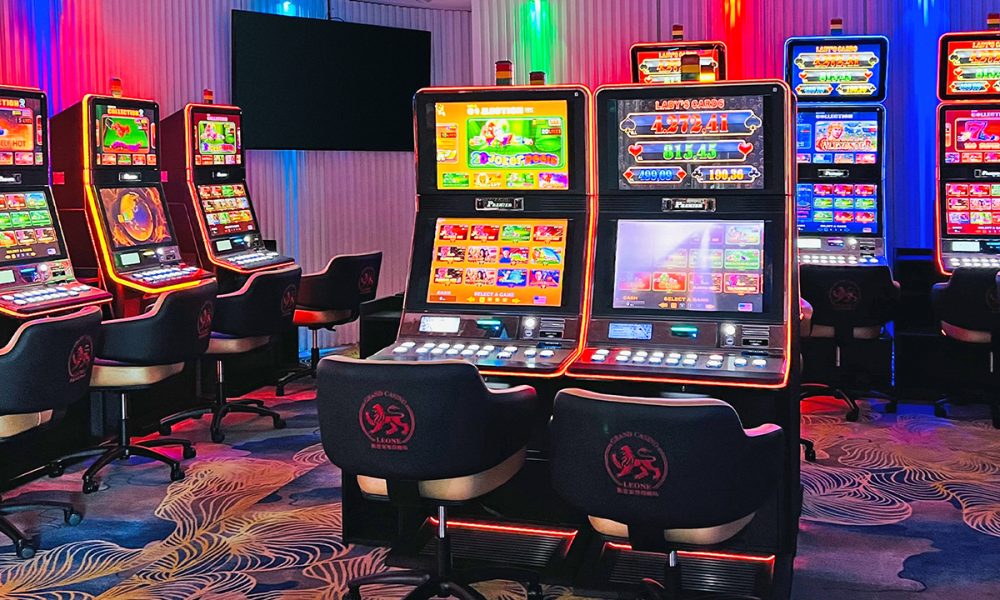Can online slot layouts influence player choices?
Game interface design profoundly shapes player behaviour through subtle visual cues that guide attention and decision-making processes. The layout elements in gaming interfaces create powerful psychological influences that direct player focus, establish priority hierarchies, and generate specific emotional responses. These design choices operate largely below conscious awareness yet dramatically impact how players interact with games and make crucial gameplay decisions. Interface architects apply sophisticated visual psychology principles when creating the screens players interact with during gaming sessions. Animation speed and pattern repetition are selected to attract attention, so check beacukailangsa.com for situs toto to view current trends.
Visual hierarchy orchestration
Casino game designers manipulate visual weight distribution to create attention pathways that guide player focus toward specific screen elements. This deliberate visual prioritization determines which interface components players notice first, second, and third during their decision-making processes. The bet adjustment controls typically receive secondary visual prominence that balances accessibility without dominating player attention. This careful positioning makes adjustment options readily available without overwhelming the primary play functions or creating decisional paralysis through excessive option highlighting.
Action button psychology
The positioning and design of primary interaction elements dramatically influence player behaviour through conscious and subconscious decision-making impacts. These placement decisions leverage established psychological principles regarding how visual positioning affects perceived importance and action probability.
- Right-side placement of spin buttons leverages right-hand dominance for most users
- Bottom-centred max bet buttons create accessibility without encouraging excessive use
- Secondary features positioned in peripheral areas require deliberate rather than impulsive access
- Information buttons receive minimal prominence to avoid disrupting gameplay flow
- Auto-play controls typically occupy intermediate prominence positions, balancing visibility with restraint
- Cashout buttons maintain consistent positioning but a subdued visual treatment, while balancing accessibility with gameplay focus
These button placement strategies create subtle guidance systems that influence player decisions regarding betting patterns, feature utilization, and session duration. The resulting behavioural influence occurs without players typically realizing how seriously these design choices affect their interaction patterns.
Colour’s impact on choices
Colour psychology guides player decisions through established emotional associations that influence behaviour without explicit direction. These strategic colour implementations create powerful subconscious guidance that shapes how players interact with different interface elements.
- Green colouration on confirmatory elements leverages universal associations with permission and positive outcomes. This colour choice subtly encourages player action through established psychological connections to approval and advancement.
- Red highlighting appears selectively on cancellation functions and caution notices rather than primary gameplay elements. This restrained use preserves the alerting power of red for genuine attention moments without creating visual environments dominated by urgency signals that would generate player anxiety.
- Gold and premium metallic treatments signal high-value opportunities through universal value associations. These special treatments typically appear on bonus features, jackpot indicators, and premium symbol displays to direct player attention toward high-value game elements through established wealth associations.
Anticipatory animations preceding reward delivery build emotional tension that enhances eventual payoff moments. This deliberate timing gap between trigger events and rewards creates heightened emotional responses compared to instant delivery systems, amplifying the psychological impact of winning moments. Game interface layout design represents a sophisticated psychological influence system that shapes player behaviour through visual guidance rather than explicit direction. These design choices substantially impact players’ interaction with games despite operating primarily below conscious awareness.




